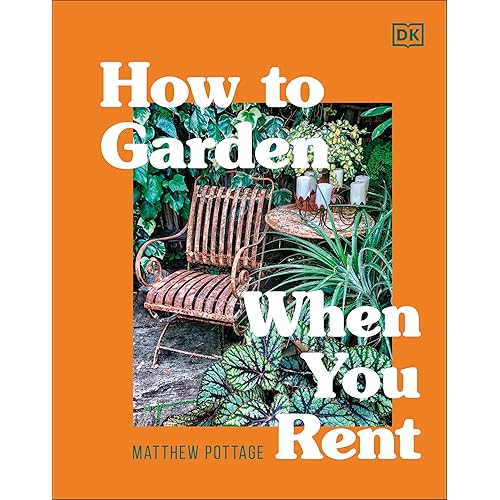The Winter Harvest Handbook: Year Round Vegetable Production Using Deep-Organic Techniques and Unheated Greenhouses


Buy Now, Pay Later
- – 4-month term
- – No impact on credit
- – Instant approval decision
- – Secure and straightforward checkout
Ready to go? Add this product to your cart and select a plan during checkout.
Payment plans are offered through our trusted finance partners Klarna, Affirm, Afterpay, Apple Pay, and PayTomorrow. No-credit-needed leasing options through Acima may also be available at checkout.
Learn more about financing & leasing here.
This item is eligible for return within 30 days of receipt
To qualify for a full refund, items must be returned in their original, unused condition. If an item is returned in a used, damaged, or materially different state, you may be granted a partial refund.
To initiate a return, please visit our Returns Center.
View our full returns policy here.
Recently Viewed
Description
“Brimming with ingenuity, hope, and eminently practical advice, The Winter Harvest Handbook is an indispensable contribution.”—Michael Pollan “Useful, practical, sensible, and enlightening information for the home gardener.”—Martha Stewart With The Winter Harvest Handbook, everyone can have access to organic farming pioneer Elliot Coleman’s hard-won experience. Gardeners and farmers can use the innovative, highly successful methods Coleman describes in this comprehensive handbook to raise crops throughout the coldest of winters. Building on the techniques that hundreds of thousands of farmers and gardeners adopted from Coleman’s The New Organic Grower and Four- Season Harvest, this book focuses on growing produce of unparalleled freshness and quality in customized unheated or, in some cases, minimally heated, movable plastic greenhouses. Inside, you’ll find Coleman’s clear, concise, and meticulous details [including many accompanying illustrations] on: Greenhouse construction and maintenancePlanting schedulesCrop managementHarvesting practicesMarketing methods Coleman’s painstaking research and experimentation with more than 30 different crops will be valuable to small farmers, homesteaders, and experienced home gardeners who seek to expand their production seasons. A passionate advocate for the revival of small-scale sustainable farming, Coleman provides a practical model for supplying fresh, locally grown produce during the winter season, even in climates where conventional wisdom says it “just can’t be done.” “The incomparable Eliot Coleman is back.”—The New York Times “A Renaissance man for a new generation.”—Dan Barber Read more
Publisher : Chelsea Green
Publication date : March 31, 2009
Edition : 1st
Language : English
Print length : 264 pages
ISBN-10 : 1603580816
ISBN-13 : 16
Item Weight : 2.31 pounds
Dimensions : 6.98 x 0.57 x 9.95 inches
Best Sellers Rank: #48,758 in Books (See Top 100 in Books) #4 in Greenhouses (Books) #30 in Organic & Sustainable Gardening & Horticulture #33 in Vegetable Gardening
Frequently asked questions
To initiate a return, please visit our Returns Center.
View our full returns policy here.
- Klarna Financing
- Affirm Pay in 4
- Affirm Financing
- Afterpay Financing
- PayTomorrow Financing
- Financing through Apple Pay
Learn more about financing & leasing here.























